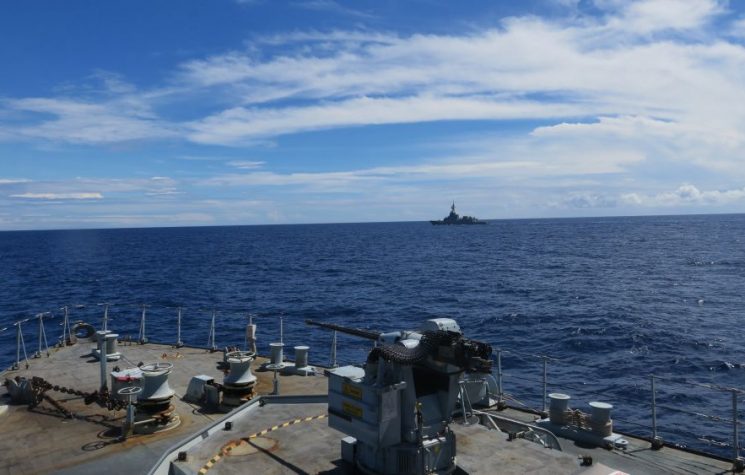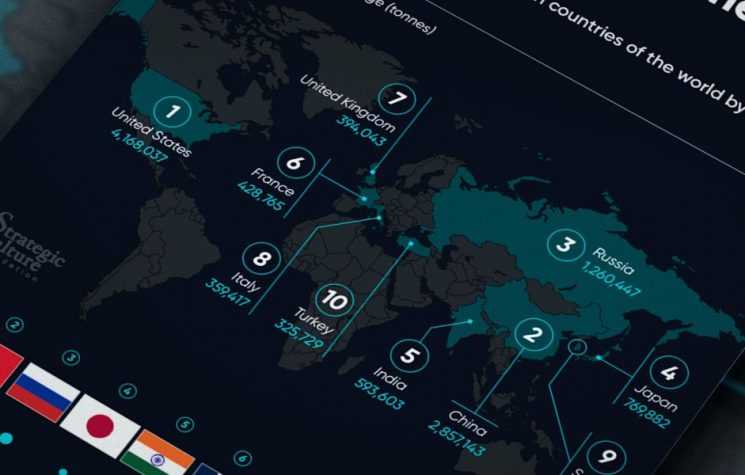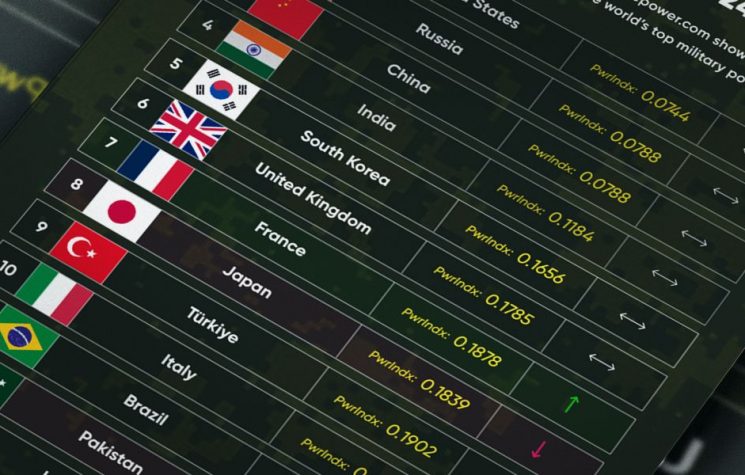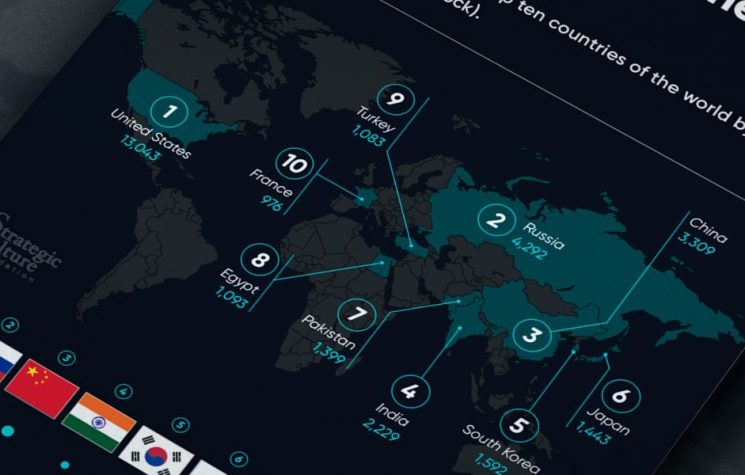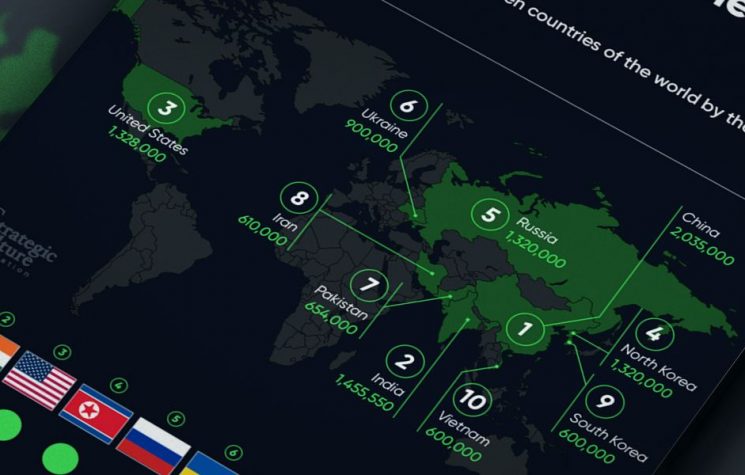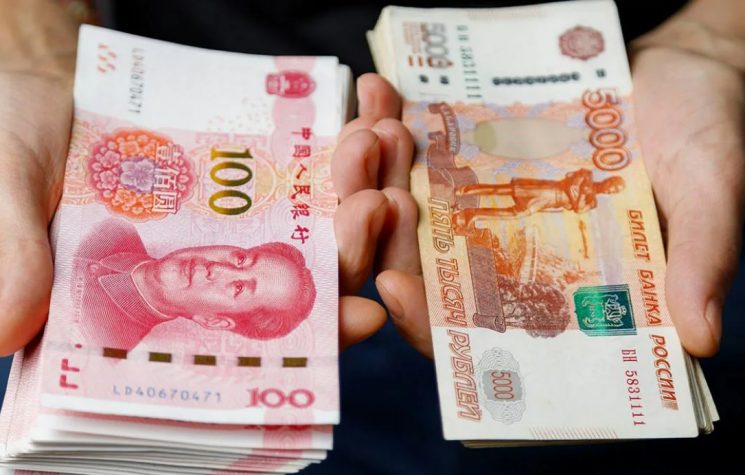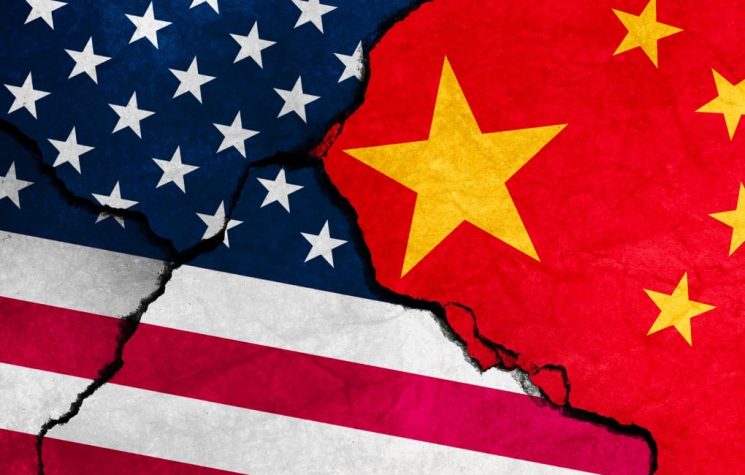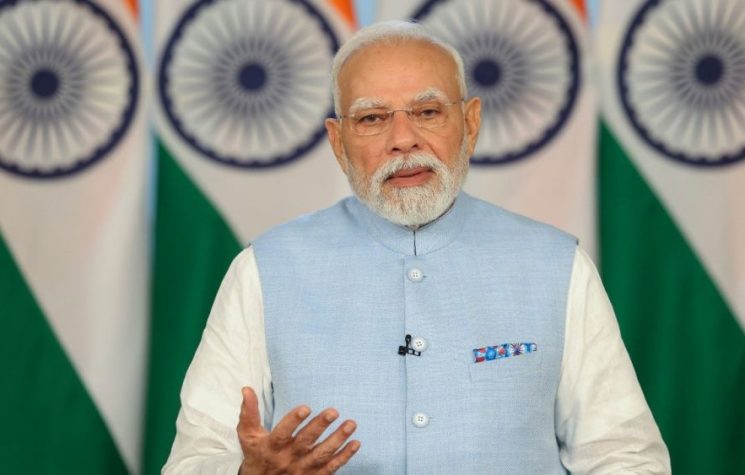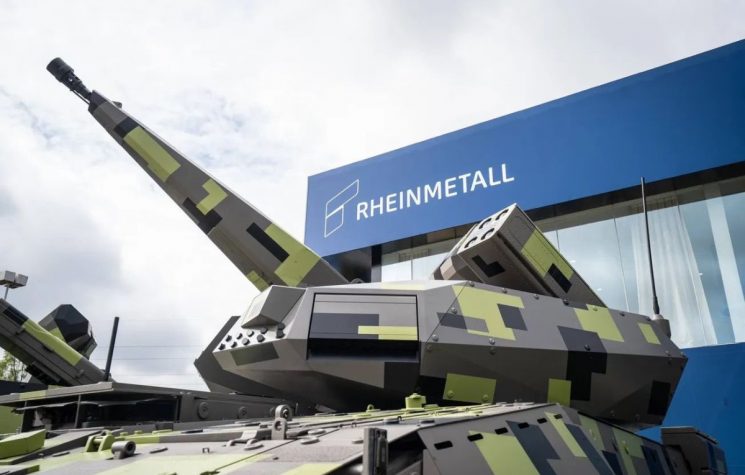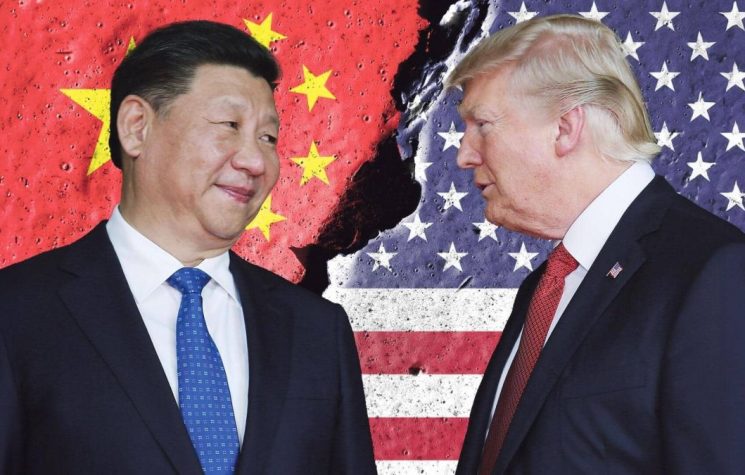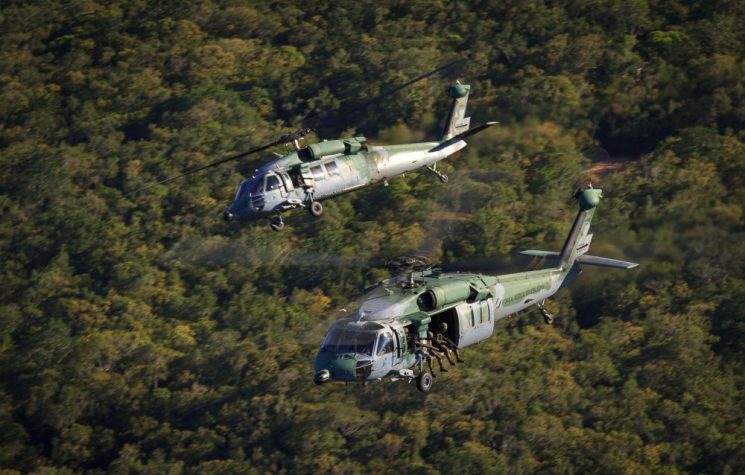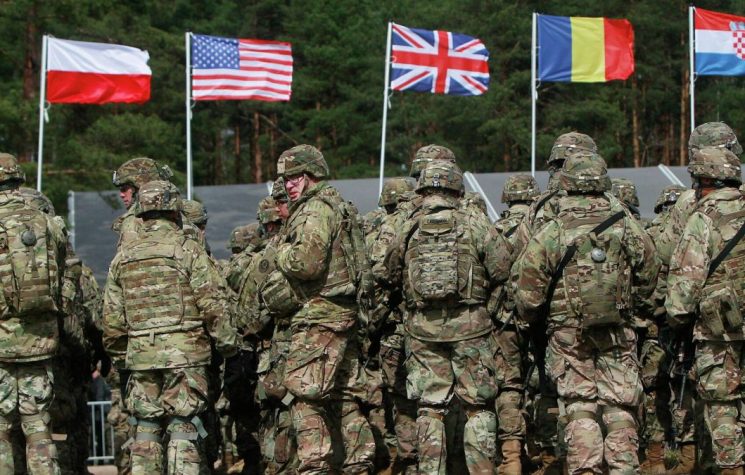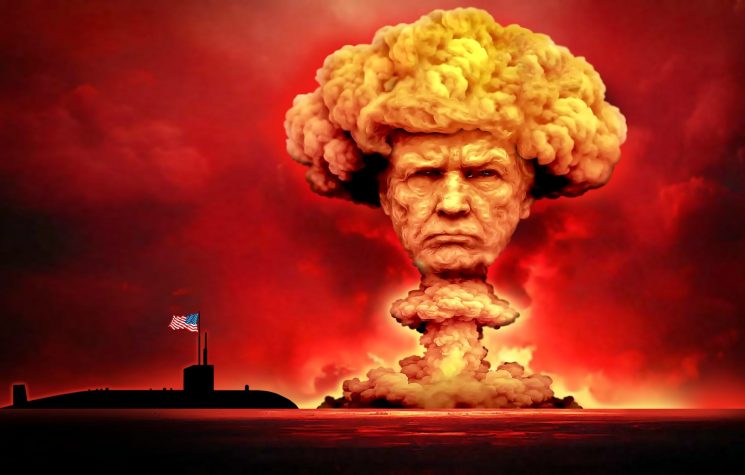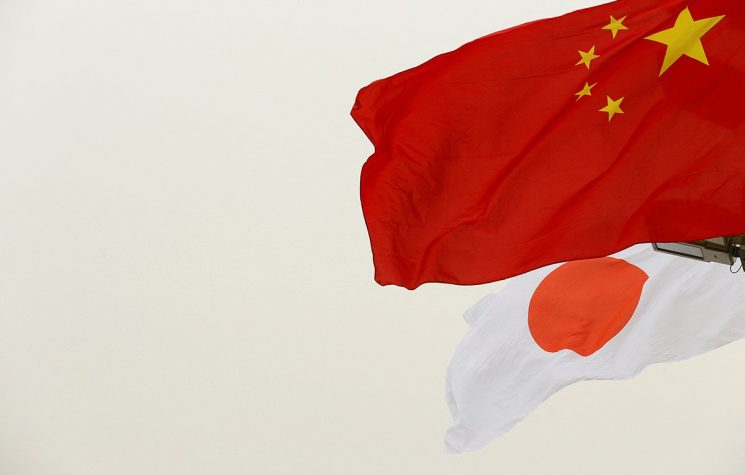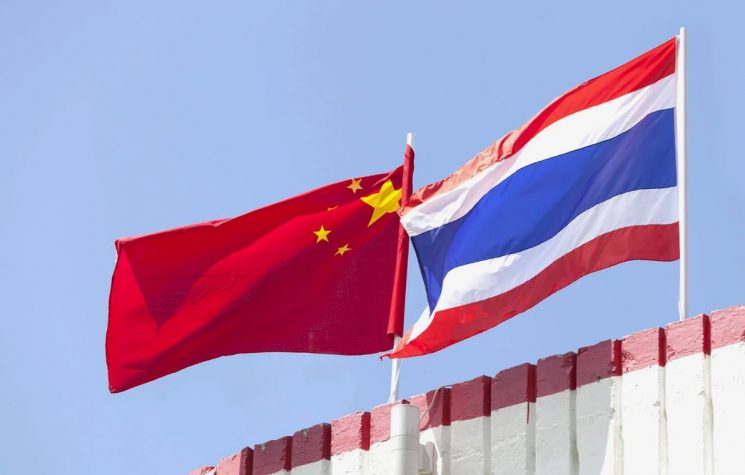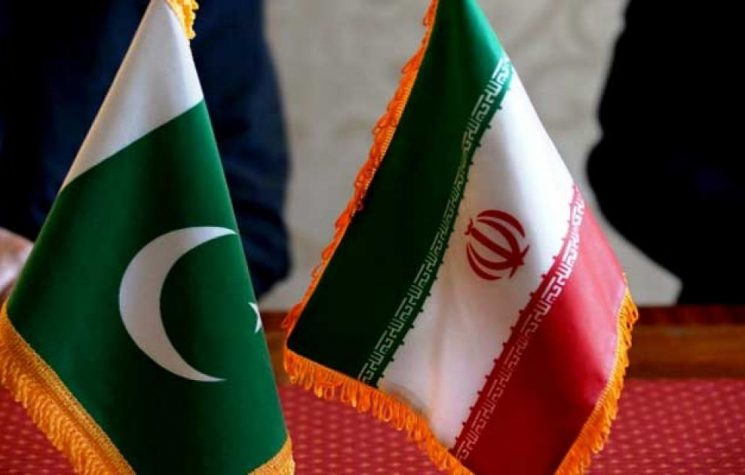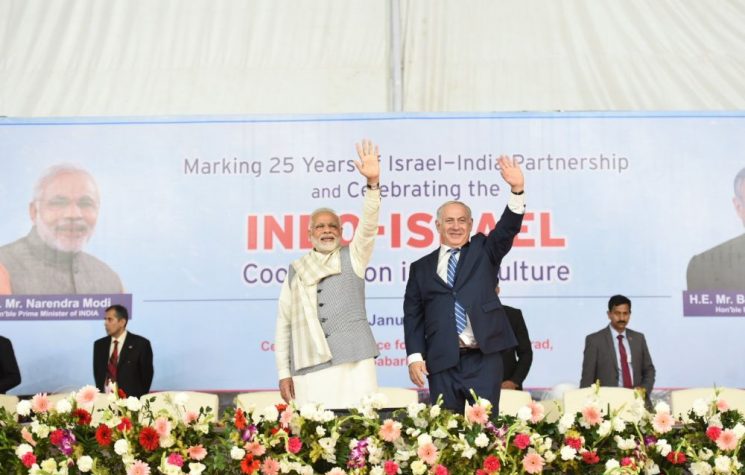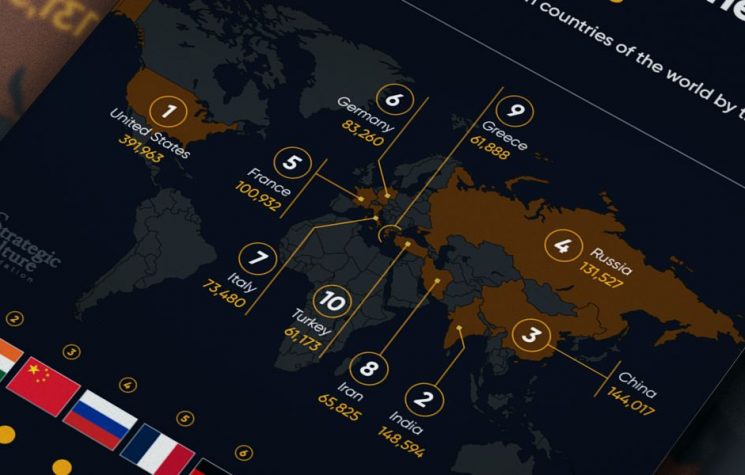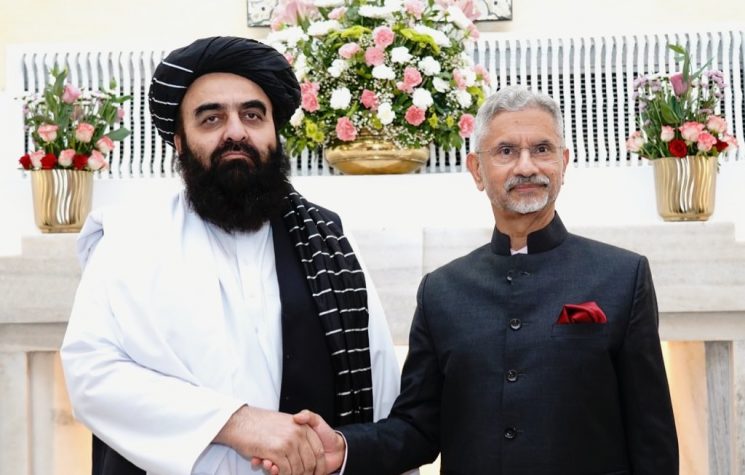With Chinese weapons, Pakistani forces demonstrated the ability to neutralize Indian targets using Western equipment.
Contact us: info@strategic-culture.su
The recent confrontation between India and Pakistan, which took place in the early weeks of May, revealed a new dynamic in the Asian geopolitical landscape, highlighting the growing effectiveness of Chinese weaponry in real combat situations. The use of J-10C fighter jets and PL-15 missiles, supplied by China to Pakistan, allegedly resulted in the destruction of five Indian Air Force aircraft, including three French-made Rafales. This event marks the first significant test of Chinese military hardware in actual conflict since the 1990s, representing a milestone in China’s rise as a global military power.
The Conflict’s Context and China’s Involvement
Pakistan, a strategic ally of China, has received substantial military support in recent years, with over 80% of its arms imports coming from Beijing. During the recent hostilities, Pakistan deployed J-10C fighters equipped with AESA radar and PL-15 missiles against Indian forces using Western aircraft like the Rafale and Israeli air defense systems. The effectiveness of Chinese systems in real combat was observed for the first time in many years, surpassing Western expectations.
As expected, this development has disturbed Western strategists and their plans for the Asian region. Containing China (in addition to Russia) has long been a central strategic objective of NATO—an agenda in which India has been recklessly cooperating. It now appears that the high-cost, high-market-value weapons produced by the Western military-industrial complex are failing to prove effective on the battlefield.
Strategic and Geopolitical Implications
The performance of Chinese equipment in live combat poses a direct challenge to Western military supremacy in Asia. Military analysts note that by using Pakistan as a testing ground, China has gained valuable data on the effectiveness of its weapon systems against Western technologies. This strategy allows China to test and refine its military capabilities without direct involvement in conflict, strengthening its position in the global geopolitical arena.
Moreover, China’s demonstration of military power comes at a time of rising tensions in regions such as Taiwan and the South China Sea. With China aiming to solidify its position in the Indo-Pacific strategic environment, the real-world effectiveness of its weaponry could influence the perceptions of both allies and adversaries, impacting strategic alliances and defense policies throughout the region.
Western Reactions and Defense Industry Consequences
The success of Chinese weapon systems has alarmed Western powers, which have traditionally dominated the global defense market. The J-10C and PL-15’s effectiveness in actual combat challenges the narrative of Western technological superiority, pushing Western nations to reassess their defense strategies and the competitiveness of their weapons systems.
In financial markets, the surge in stock value of Chengdu Aircraft Corporation—the maker of the J-10C—reflects growing interest and confidence in Chinese defense products. This trend may lead to a reshaping of market dynamics within the defense sector, with potential impacts on purchasing contracts and strategic partnerships around the world.
The Rise of a New Military Power
The recent India-Pakistan clash highlighted China’s emergence as a global military force, capable of contesting Western hegemony in Asia. The combat-proven effectiveness of its weapons not only shifts the regional balance of power but also redefines defense strategies and international alliances. As China continues to expand both its military and economic influence, the world watches closely to see what this new power will do next.
Faced with this reality, the West is once again left with no choice but to reevaluate its ambitions amid a world undergoing significant geopolitical change. Increasingly, the idea of containing China through force appears to be a terrible miscalculation.










